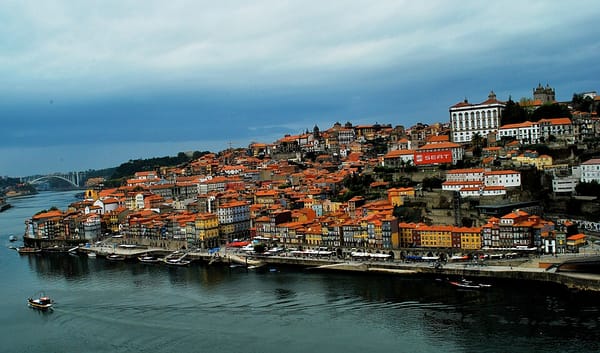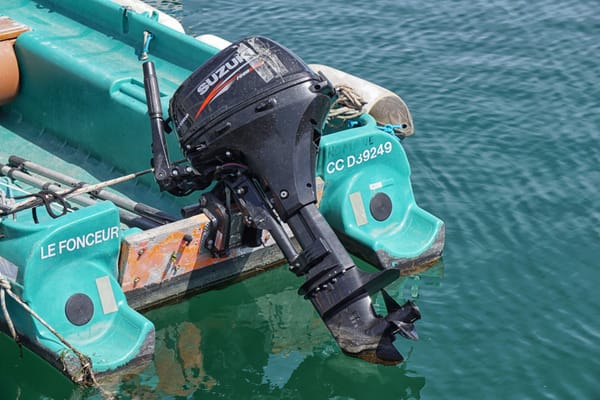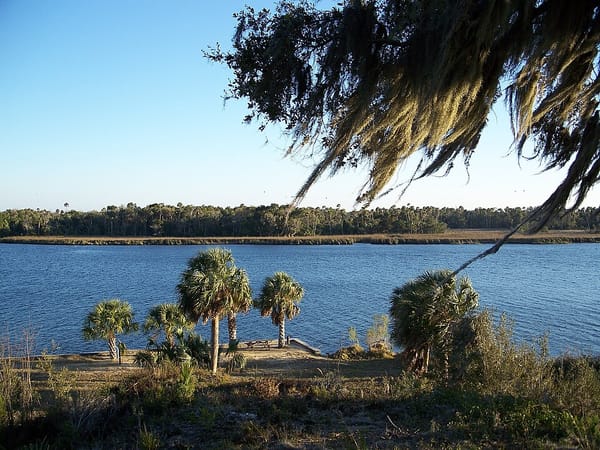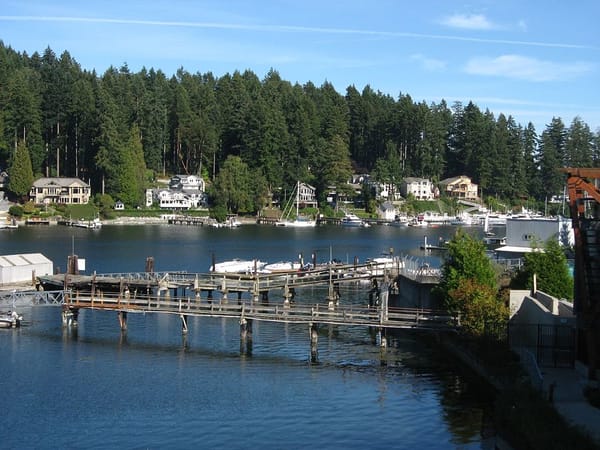Boating Safety: Broaching and Pitchpoling
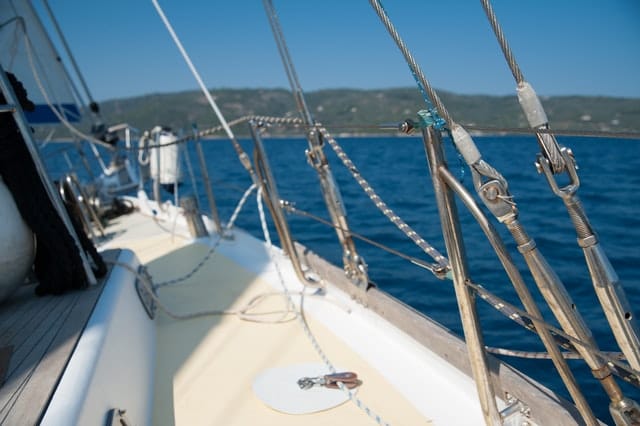
“Fair winds and following seas.” This popular phrase is often said to boaters embarking on a journey (or even just going out to a favorite fishing spot from a private boat dock rental). It’s meant as a token of good luck. However, a “following sea” can turn dangerous under the right (or rather, wrong) conditions. Let’s discuss.
Traveling in a “following sea,” means the waves are rolling in the same direction that the boat is going. This situation would seem safe enough, and it usually is, as long as the waves aren’t rough and moving fast and there aren’t strong winds. However, it can lead to situations known as broaching or pitchpoling. Another time this could occur is when you’re following a boat throwing a large wake and you end up sailing/cruising up and over the “trough” and into the wake.
For comparison purposes, the opposite of a following sea is called a head sea. This is when the waves are moving toward the bow of the boat (coming toward you rather than going with you).
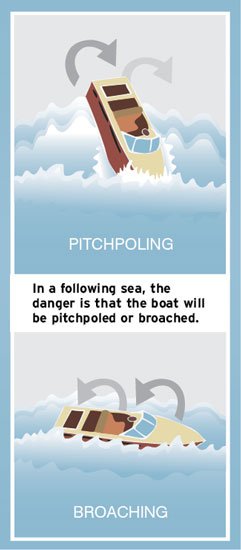
Photo: Maritime Coverage (screenshot)
Pitchpoling
You don’t want to sail down the front of the wave (fun as that may sound – take our word for it, it’s not). This is called pitchpoling. Pitchpoling is when the bow of the boat “buries” its nose in the wake, or trough, of water. Then, the stern (back of the boat) flips up and the boat turns end-over-end like a cartwheel.
This appears to be a more common occurrence with sailboats when the rudder gets lifted out of the water, but of course, it can happen with any vessel. If the boat begins racing down the front of the wave, you’ll want to immediately throttle back so that it doesn’t capsize.
Broaching
On the other hand, slipping to the side is called broaching. Essentially, the boat lists over to the side of the wave where it turns sideways and then rolls over (basically going sideways into the wave). Use the throttle and rudder to stay out of, or get out of, this situation.
If the water/waves are going faster than you, slow down and let the wave pass. Next, increase power until the next wave comes by. The use of trim tabs can also be helpful under these circumstances as you can trim the bow up and then ride on the back of the wave.
Never stop in following seas. If you stop, the waves can hit the transom, splash up and over and sink the vessel (this is more common in small boats but still bears saying).
It’s always good to follow safe boating practices and be aware of potentially dangerous situations such as running aground, boating at night or boating in hurricanes and other inclement weather before leaving a private boat slip for rent.
Hopefully you’ve picked up some pointers on how to avoid pitchpoling and broaching. The next time you’re running in a following sea, you’ll know exactly what to do, or not to do, to get back to the marina or private boat lift rental safely.
